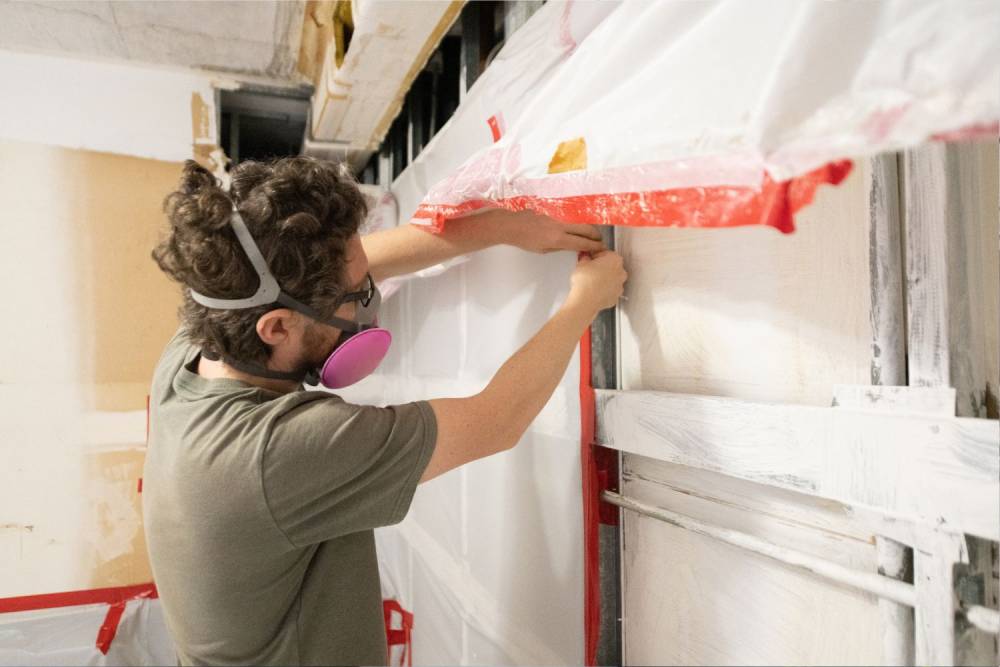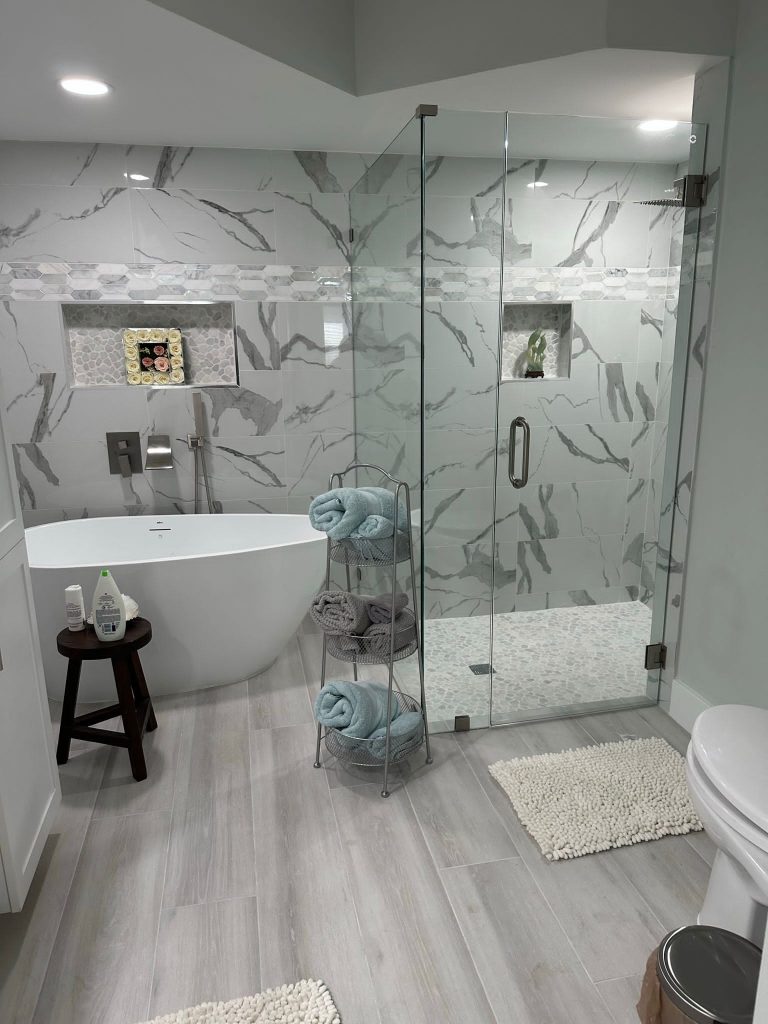When it comes to safeguarding your home from the destructive effects of water damage and mold, a detailed building mold inspection is not just a precaution—it’s a critical step in ensuring long-term health and safety for your living environment. Water damage can stem from a variety of sources, including leaks, floods, and plumbing issues, and if left unchecked, it can lead to significant mold growth that poses health risks and structural problems.
Understanding the Relationship Between Water Damage and Mold Growth
Water damage is more than just an inconvenience; it is a precursor to a range of potential problems, with mold growth being one of the most concerning. When water infiltrates your home, it creates a perfect environment for mold to thrive. Mold spores are present in the air everywhere, but they require moisture to grow and spread. Thus, even a small leak or a recent flood can lead to significant mold infestations if not properly managed.
The Importance of a Detailed Building Mold Inspection
Building mold inspection goes beyond just checking for visible signs of mold. It encompasses a comprehensive evaluation of the entire property to uncover hidden issues and provide a clear picture of the water damage’s impact. Here are several reasons why it is essential for long-term solutions:
1. Early Detection of Mold Issues
One of the primary benefits is the early detection of mold problems. Mold can grow in hidden areas such as behind walls, under floors, and in attics. A professional inspection includes techniques and tools for detecting mold that is not visible to the naked eye.
- Example: An inspector might use moisture meters and thermal imaging cameras to identify damp areas and potential mold growth sites that you might miss during a casual inspection.
2.Thorough Assessment of Water Damage
A water damage mold inspection is not just about finding mold but also assessing the full scope of the water damage. Understanding how and where water has affected the property helps in creating an effective remediation plan.
- Example: An inspector will evaluate the source of water damage, such as a leaking roof or a broken pipe, and assess the damage’s extent to recommend appropriate repairs and remediation measures.
3. Identification of Hidden Mold Problems
Mold growth often starts in hidden areas, making it challenging to detect without a thorough inspection. A detailed inspection will include methods for uncovering these hidden issues before they become major problems.
- Example: Professional inspectors may take samples from areas that appear dry but might still be harboring hidden mold. These samples are analyzed in a laboratory to confirm the presence of mold.
4. Development of a Strategic Remediation Plan
A thorough mold inspection provides the information needed to develop a targeted remediation plan. This plan will address both the current mold issues and prevent future occurrences.
- Example: Based on the inspection findings, the inspector can recommend specific actions like repairing leaks, removing contaminated materials, and improving ventilation to prevent future mold growth.
5. Health and Safety Considerations
Mold can pose serious health risks, including respiratory issues, allergic reactions, and weakened immune systems. A water damage mold inspection is crucial for identifying and addressing these health hazards.
- Example: A detailed inspection will ensure that all mold issues are addressed to protect the health of the occupants. It might include recommendations for air quality testing and necessary health precautions.
The Process of a Detailed Building Mold Inspection
Understanding what to expect during the mold inspection can help you appreciate the thoroughness and importance of this service:
- Initial Consultation: The inspector will discuss the issues you’ve noticed, such as water damage or mold smells, and determine the scope of the inspection.
- Visual Inspection: The inspector will examine visible signs of water damage and mold growth in accessible areas.
- Moisture Testing: Advanced tools are used to measure moisture levels in different building materials and identify potential hidden mold growth areas.
- Mold Sampling: If necessary, the inspector will collect samples of mold or mold-contaminated materials for laboratory analysis.
- Damage Evaluation: A detailed assessment of the water damage’s extent and impact on the building’s structure and materials.
- Reporting and Recommendations: The inspector will provide a detailed report outlining their findings and recommend steps for remediation and repair.
Effective Remediation
A detailed building mold inspection is not just a diagnostic tool but a vital part of a comprehensive approach to managing water damage and mold growth. By detecting hidden mold issues, assessing water damage, and providing a foundation for effective remediation, a thorough inspection helps ensure that both immediate problems are addressed and future risks are mitigated.
Whether you are dealing with a recent water damage event or seeking to prevent future issues, investing in a professional water damage mold inspection offers long-term solutions that safeguard your home and protect your health.




